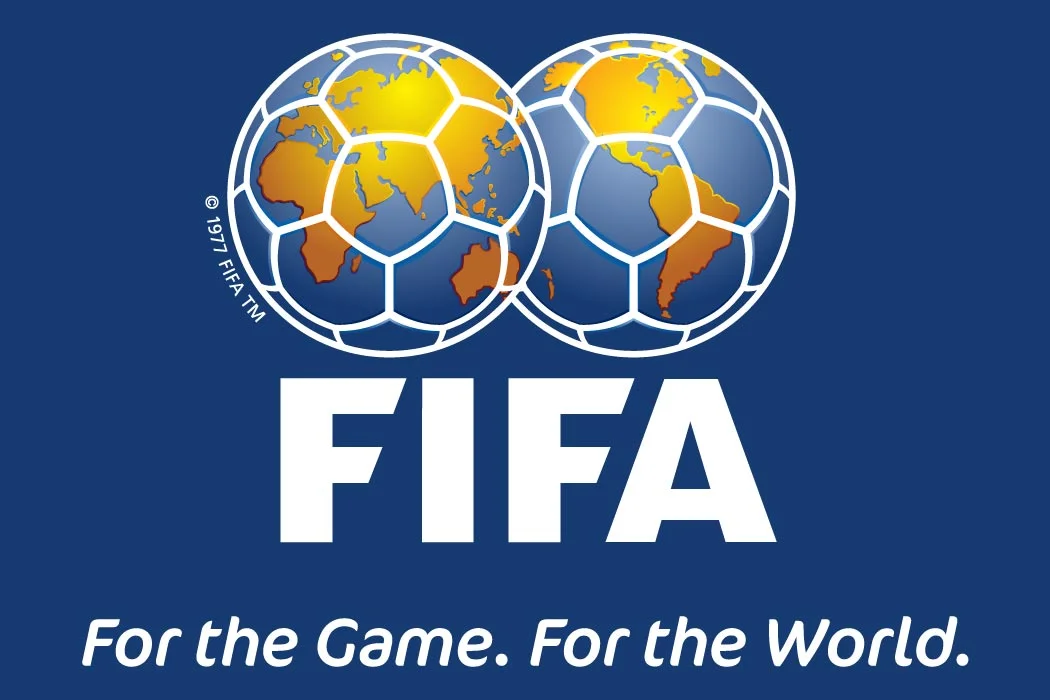The 2024 close-season transfer window has set a new benchmark in football history, as FIFA’s latest report reveals that more than 11,000 international transfers were registered globally, marking a 4.8% increase from the previous year.
This significant uptick in player movements highlights the dynamic nature of the football transfer market, where clubs across the world continue to invest heavily in new talent.
Despite the bustling activity, total spending reached $6.40 billion, making it the second-highest spending window ever, though this figure reflects a 13.06% decrease from last year’s record.
European Clubs Lead the Charge in 2024 Transfer Window
European football clubs once again dominated the transfer market, with total spending amounting to a staggering $5.58 billion.
This substantial figure underscores the financial muscle of European clubs, which continue to attract and acquire top talent from across the globe.
English clubs, in particular, were the biggest spenders, shelling out over $1.6 billion on new signings during the mid-year window.
However, this impressive spending spree is not without its caveats. The $1.6 billion spent by English clubs represents a 15.5% decrease from the $2 billion expended last year.
This reduction can be attributed to a more cautious approach adopted by the clubs, driven by concerns over potential sanctions related to the Premier League’s profit and sustainability rules (PSR).
These regulations are designed to ensure that clubs operate within their financial means, promoting long-term stability in the league.
Saudi Arabian Clubs Scale Back Spending
While European clubs continue to dominate the transfer market, Saudi Arabian clubs have also made headlines in recent years with their aggressive recruitment strategies.
However, the 2024 transfer window saw a significant decline in spending by Saudi clubs, with expenditures dropping by 50.74%. In 2023, Saudi clubs spent $875 million on transfers, but this year, that figure has fallen to $431 million.
Despite this reduction, the Saudi League remains a key player in the global transfer market. The league’s transfer window remains open until October, providing clubs with additional time to make further signings.
This extended window could lead to more activity in the coming weeks, as clubs seek to strengthen their squads for the upcoming season.
Investment in Women’s Football Reaches New Heights
One of the most encouraging trends in the 2024 transfer window is the significant increase in investment in women’s professional football.
According to FIFA’s report, spending on international transfers during the mid-year window more than doubled, reaching $6.8 million.
This surge in financial support reflects the growing recognition of the value and potential of women’s football, both on and off the pitch.
The increased investment in women’s football is a positive sign for the future of the sport, as more clubs and organizations are beginning to allocate resources towards the development of the women’s game.
This trend is expected to continue in the coming years, as the popularity and visibility of women’s football continue to rise globally.
Key Factors Influencing the 2024 Transfer Window
Several factors contributed to the record-breaking activity in the 2024 transfer window. The first is the ongoing globalization of football, which has made it easier for clubs to scout and sign players from different countries.
Advances in technology, data analytics, and scouting networks have enabled clubs to identify talent from all corners of the globe, leading to an increase in international transfers.
Another factor is the financial recovery of many clubs following the challenges posed by the COVID-19 pandemic. With revenues stabilizing and fans returning to stadiums, clubs have been able to invest more aggressively in the transfer market.
However, this spending has been tempered by financial regulations, such as the Premier League’s PSR, which aim to prevent reckless spending and ensure the long-term viability of clubs.
The rise of emerging football markets, such as Saudi Arabia, has also played a role in shaping the transfer market.
While Saudi clubs scaled back their spending in 2024, their presence in the market has added a new dimension to global football, with top players increasingly considering moves to the Middle East.
The Impact of FIFA’s Transfer Regulations
FIFA’s role in regulating the global transfer market cannot be overlooked. The organization’s transfer regulations, including the use of the International Transfer Matching System (ITMS), have helped to bring transparency and accountability to the process of player transfers.
By tracking and monitoring all international transfers, FIFA ensures that transactions are conducted in accordance with its rules and guidelines.
These regulations have also helped to protect the integrity of the game by preventing issues such as third-party ownership and illegal player movements.
As the transfer market continues to evolve, FIFA’s oversight will remain crucial in maintaining fair play and ensuring that all clubs operate on a level playing field.
What to Expect in Future Transfer Windows
Looking ahead, the trends observed in the 2024 transfer window are likely to continue shaping the global football landscape.
The increasing globalization of the sport, coupled with the financial recovery of clubs, suggests that international transfers will remain a key feature of the football calendar.
However, clubs will need to navigate the challenges posed by financial regulations and the growing competition from emerging markets.
The continued growth of women’s football is another trend to watch closely. As more resources are allocated to the women’s game, it is likely that we will see further increases in transfer spending, as well as greater visibility and recognition for female players.
Additionally, the role of technology and data analytics in player recruitment is expected to expand, enabling clubs to make more informed decisions and identify talent more effectively.
This will further drive the globalization of the transfer market, as clubs seek to gain a competitive edge by tapping into previously underexplored talent pools.
The 2024 Transfer Window Sets a New Standard
The 2024 close-season transfer window will be remembered as a record-breaking period in football history, with over 11,000 international transfers registered globally.
Despite a slight decrease in overall spending, the market remains vibrant, with European clubs leading the charge and emerging markets like Saudi Arabia making their presence felt.
The increased investment in women’s football is a particularly encouraging trend, signaling a brighter future for the women’s game. As the football landscape continues to evolve, clubs, players, and fans alike will need to adapt to the changing dynamics of the transfer market.
For those looking to engage with the action beyond just watching, Jambobet offers the best platform for betting on football transfers and other sports events.
As the leading betting site in Kenya, Jambobet provides a secure, reliable, and exciting betting experience, allowing you to stay connected with the latest developments in the world of football.
As we look ahead to future transfer windows, the lessons learned from 2024 will undoubtedly shape the strategies of clubs and the decisions of players. The football world is constantly evolving, and the transfer market remains at the heart of this dynamic sport.
ALSO READ: World Cup on the Horizon: Excitement Builds as Teams Prepare Through AFCON Qualifiers



